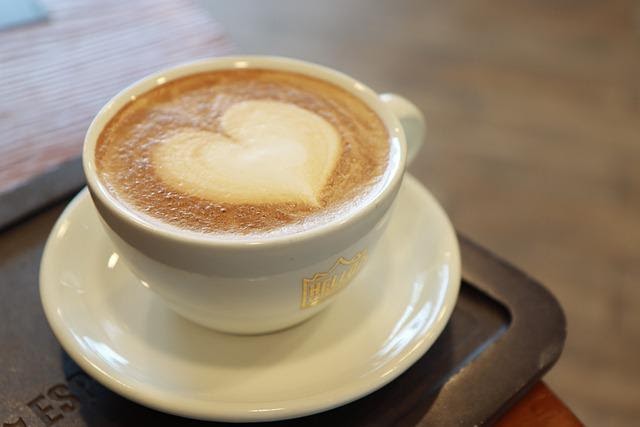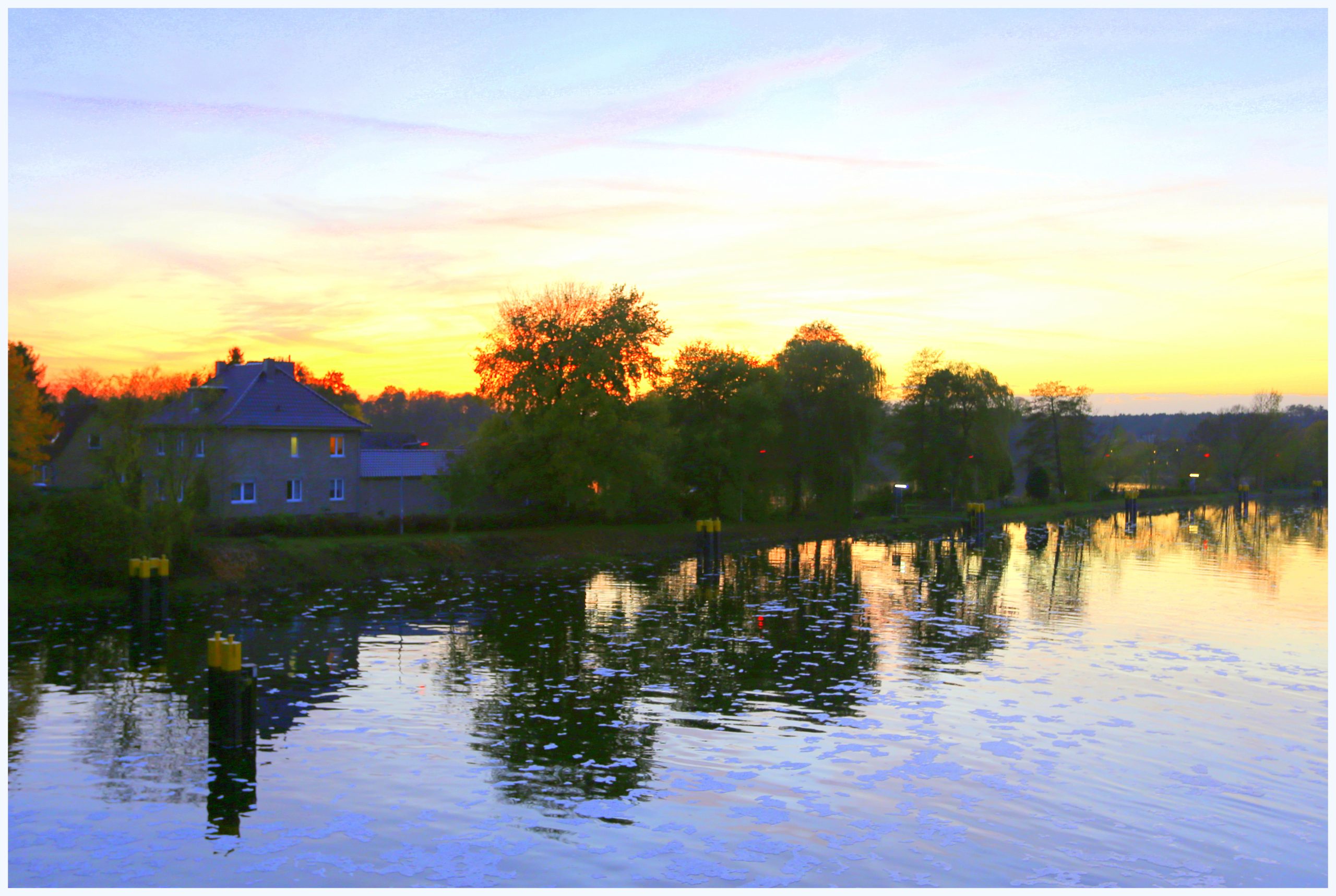Table Of Contents
Everyone is familiar with the age-old argument between whisky and ice. The decision is whether to drink whisky with ice or not. We are all familiar with the idiom “on the rocks,” which refers to consuming alcohol with a small amount of ice to chill it.
Even while whisky experts typically don’t suggest it, this is also a very common way to consume whisky worldwide. You might then start to wonder why this subject is such a huge deal. To learn more, read this post.
Why can’t you put ice in whiskey?
The following are the two primary issues with adding ice to your whiskey:
- Ice melting causes the whiskey to be overly diluted.
- The cold weakens aromas, decreasing their intensity.
Therefore, it’s worth mentioning that the major challenge of putting ice in a whiskey is managing the flavors as well as temperature.
On the one hand, drinking whiskey with ice can be boring because it can numb the tongue’s capacity to taste the exquisite flavors of the drink.
Additionally, the flavor of your ice and, thus, your whiskey will be impacted if you use any old ice cubes, such as those that were frozen from tap water or stored next to old red sauce.
Furthermore, keep in mind how hot things rise, and cool things fall. By putting ice on your whiskey, you run the risk of eliminating the balanced guaiacol flavors in your drink and missing out on those hidden smells.
Why should you put ice in whiskey?
While balancing out aromatic tastes, adding ice to your whisky might help you chill down throughout the summer when you’re craving something cool and refreshing. The Japanese brought their unique aesthetics to the process, which is the ice ball; it is worth mentioning that it is still a significant part of bar culture to this day.
You may wonder how this work with whiskey. Well, the cutting of the spherical is the first step. The bartender then places the flawlessly shaped ice ball inside an empty glass. In addition to the ice, they have the option of adding cold water, which should be removed before adding the whisky.
When the glass is repeatedly turned, the ice quickly cools the glass. Once the glass has cooled, the bartender slowly pours whisky on top of the whisky ball while rotating the ball several times.
This motion is crucial because it evenly distributes the temperature of the whisky. Whether you choose to drink with or without the ice, you should certainly try Aberdeen FC 10 Year Old Single Malt Whisky | Loch Lomond Whiskies, which is super rich and has a lasting finish you wouldn’t want to miss out on.
Alternative to ice – whiskey stones
Whiskey stones might be an appealing alternative to drinking whisky neat, on ice, or with water. Whisky stones are often formed of a type of stone, typically sandstone, and when put in the freezer, they can cool down your drink without running the risk of diluting it.
Sandstone is a common building material because it is flexible enough to carve effortlessly and non-porous to prevent flavors from slipping through. They are quick and convenient if kept in the freezer, require no preparation (unlike ice), and are easily reused.
Conclusion
Drinkers of whiskey will probably always debate whether or not to add ice. Every drinking style has its benefits, and whether you choose to add anything at all to your whiskies should mostly depend on your interests. It ultimately comes down to personal preference and how much you enjoy the experience whether you want to drink your whisky neat, with water, or even over ice.






